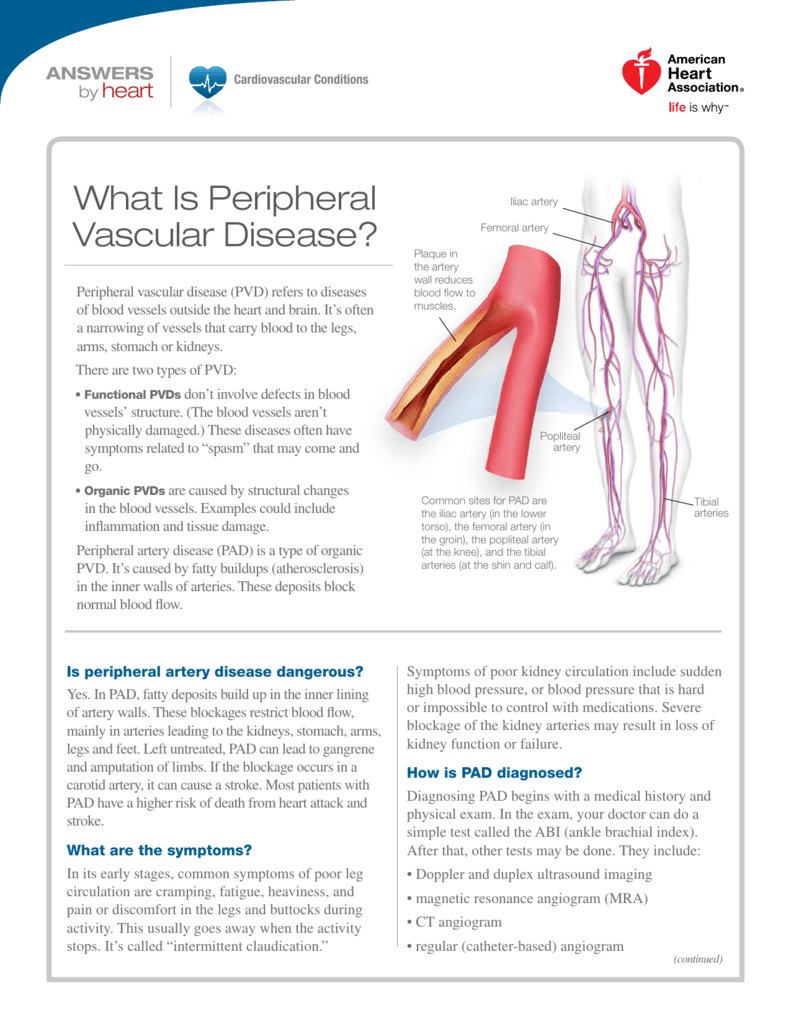
In other words, since walking brings on pain, people typically find myriad ways to avoid doing it.īut this very response - remaining sedentary - is counterproductive, Dr. “may have only minimal disease in their legs, or they adapt their lifestyle to where they don’t notice symptoms anymore.” Or they may think their limited ability to exercise is to be expected, given their advancing years. Wennberg, a cardiologist and specialist in vascular disease at the Mayo Clinic.

“A lot of people limit their activity for other reasons, like a hip problem, back pain or breathing difficulty, and may not push themselves hard enough to provoke symptoms of P.A.D.,” said Dr. is only likely to rise as the population ages, he said. It may seem odd that people who have serious difficulty walking normal distances would not know something is wrong and get checked out. Failure to diagnose and treat blocked arteries elsewhere in the body can result in more serious, or even fatal, problems if they affect the heart or brain. Kullo, a cardiovascular specialist at the Mayo Clinic, in The New England Journal of Medicine in More than half of those with such circulatory problems in the extremities also have coronary or cerebralĪrtery disease, noted Dr.

The condition, called peripheral artery disease, or P.A.D., is marked by diseased or blocked arteries in the legs. Yet half of those who have the condition don’t know it and consequently don’t get treatedįor it, putting themselves at risk for a heart attack, stroke or worse. More than eight million older Americans have a condition that can cause leg pain when they walk even short distances.


 0 kommentar(er)
0 kommentar(er)
